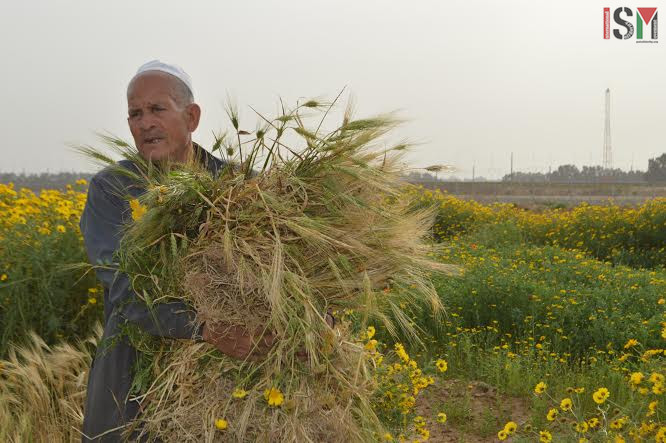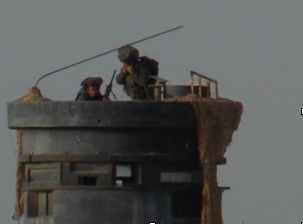Tag: Gaza
-
Journal: Khuza’a, the farm life
31st March | Rina Andolini | Khuza’a, Occupied Palestine This is what conversations in Gaza consist of: I asked, “When they are shooting, what’s the best thing to do?” “Get down on the ground,” he answered, “and move away quick as you can.” It was a stupid question; I knew the answer. I guess I was hoping for a response that would…
-
In Gaza the farmers irrigate the land with their blood
18th March 2015 | Valeria Cortés | Khuza’a, Gaza, Occupied Palestine Tilling the land in Gaza is one of the most dangerous jobs in the world. The Zionist Occupation Forces fire on the peasants and their families while they sow or harvest their own land near the infamous Zionist fence which surrounds Gaza. They also burn their…
-
Statement from the family of Rachel Corrie on the 12th anniversary of Rachel’s stand in Gaza
16th March 2015 |Rachel Corrie Foundation | Today, the twelfth anniversary of our daughter and sister Rachel’s stand and death in Gaza, we find ourselves back where our journey for accountability in her case began – in Washington DC. We have come for meetings at the Department of State and in Congress and, also, to join our…



